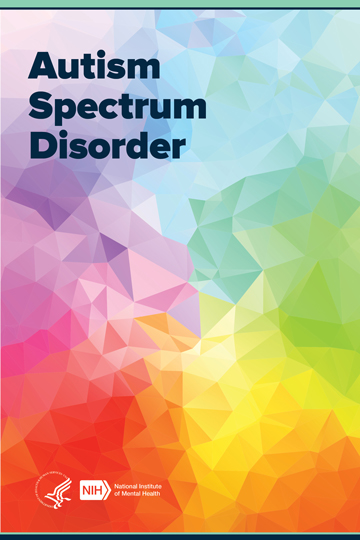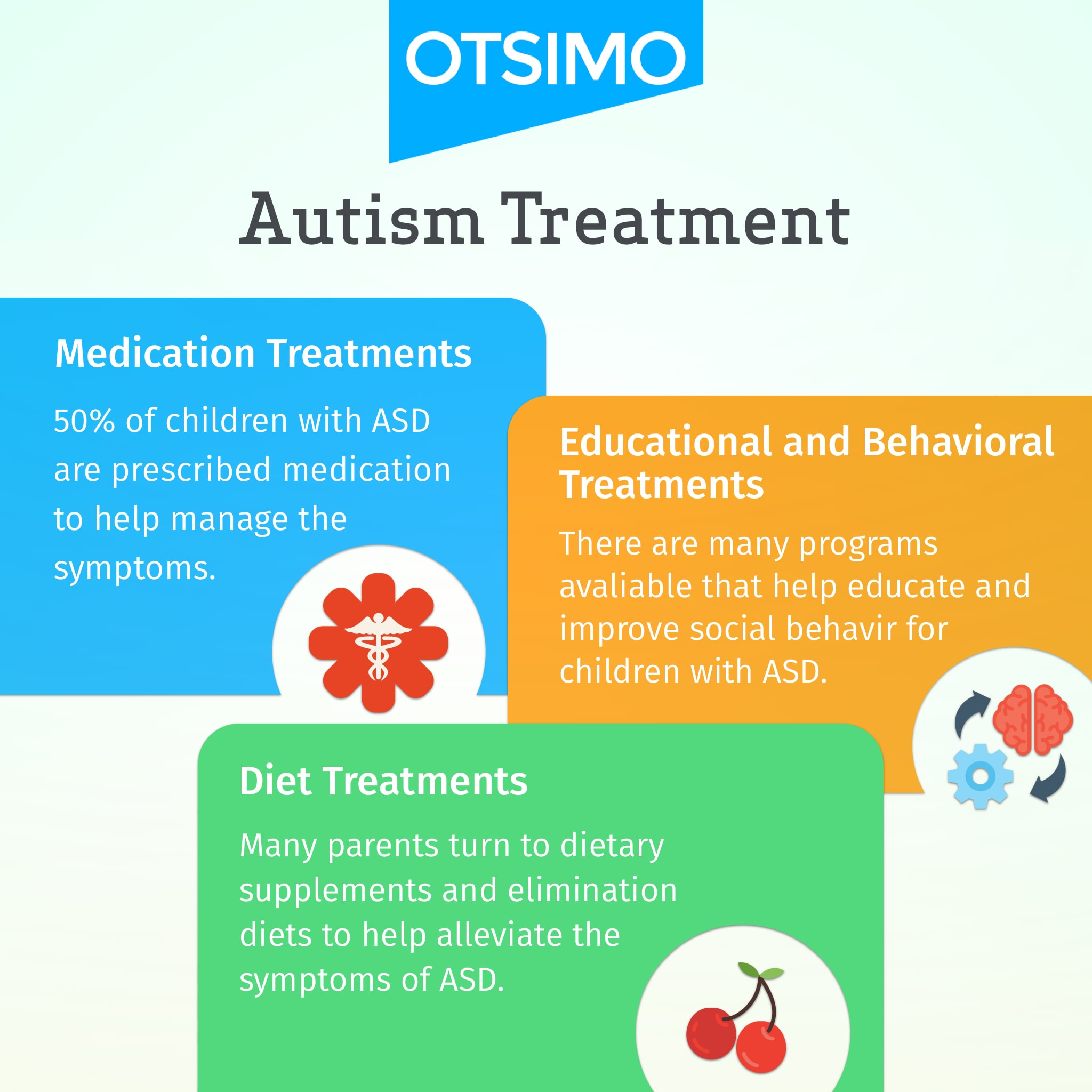5 ways Autism Behavioral Therapy ease transitions
5 ways Autism Behavioral Therapy ease transitions
Blog Article
Understanding the Effect of Behavioral Autism on Daily Life and Social Interactions
You could not understand exactly how deeply behavioral autism impacts everyday life and social communications. Individuals on the spectrum often browse a world filled with interaction obstacles and sensory overload. These challenges can lead to disappointment and isolation, influencing their partnerships and overall health.
Specifying Behavior Autism and Its Attributes
Behavioral autism, usually referred to as autism spectrum condition (ASD), encompasses a series of conditions defined by challenges in social communication, communication, and recurring actions. You could discover that people with ASD commonly struggle to translate social cues, which can bring about misunderstandings in discussions. They might find it difficult to establish eye contact or take part in tiny talk, making social circumstances really feel overwhelming.
Interaction troubles can materialize in numerous methods, from postponed speech development to a preference for utilizing less words. Repetitive habits, such as hand-flapping or shaking, can function as coping systems to take care of tension or sensory overload. These features can exceptionally affect day-to-day live, making it necessary for you to recognize and support those with ASD. By acknowledging these qualities, you can foster an atmosphere that advertises acceptance and motivates efficient interaction, aiding individuals with autism flourish in their everyday communications.
The Spectrum of Autism: Understanding Variability in Behavior
Autism spectrum problem (ASD) isn't a one-size-fits-all medical diagnosis; it varies widely among people. You might see that some individuals with ASD show mild signs, while others may face much more considerable difficulties. This variability can manifest in actions, interests, and sensory sensitivities. You may experience individuals who are very spoken and involve conveniently in discussions, while others may choose solitary activities or connect non-verbally.
Furthermore, the way people with ASD react to sensory input can vary considerably; some may be overwhelmed by bright lights or loud noises, whereas others flourish in stimulating atmospheres. The spectrum likewise includes distinctions in social interactions; some individuals might have a hard time to interpret social cues, while others browse social settings with relative simplicity. Recognizing this irregularity is important, as it assists you appreciate everyone's special experience and dressmaker support to their certain demands, fostering a more inclusive setting for everyone.
Communication Difficulties Faced by Individuals With Autism
When you engage with people on the autism range, you may see their special interaction obstacles. They commonly face troubles with both spoken and nonverbal cues, which can impact their social interactions. Recognizing these barriers is necessary for cultivating far better links and support.

Verbal Communication Difficulties
Numerous people on the autism range experience spoken communication problems that can considerably influence their day-to-day interactions. You may locate it challenging to reveal your ideas, sensations, or requires clearly. This can bring about frustration for both you and those around you, as misconceptions take place. You might have problem with starting discussions, preserving a subject, or comprehending nuances in speech. Often, you might like making use of simple language or repeated phrases, which can limit your capability to involve in much deeper discussions. Your tone, volume, or rate might not straighten with social assumptions, creating others to misunderstand your purposes. Identifying these obstacles can aid you and your assistance network establish approaches to improve communication and foster much better links with others in your life.
Nonverbal Interaction Barriers
Verbal interaction isn't the only obstacle individuals on the autism spectrum face; nonverbal interaction obstacles can be simply as considerable. These difficulties can lead to misunderstandings or false impressions of social hints, making interactions really feel complex or frustrating. By dealing with nonverbal communication, you can locate techniques to enhance your social experiences and improve your general top quality of life.
Social Communication Impacts
Social communications can frequently feel overwhelming as a result of the one-of-a-kind interaction challenges encountered by individuals with autism. You might battle with interpreting social hints, making it difficult to comprehend sarcasm or body language. This can cause misconceptions or uncomfortable minutes in discussions. Furthermore, starting and preserving conversations might really feel tough, creating anxiousness in social scenarios. You might like organized settings, making spontaneous interactions unpleasant. It's also typical to experience difficulty in participating in small talk, which can hinder forming new friendships. Acknowledging these difficulties can help you discover methods to enhance communication, such as exercising social abilities in risk-free settings or using aesthetic help - Autism Therapist. Recognizing your needs allows you to browse social interactions with greater self-confidence and see this simplicity.
Social Communication and Partnership Building in Autism
While building connections can be testing for individuals with autism, recognizing their one-of-a-kind point of views and interaction styles can cultivate significant links. You might discover that many individuals on the range prefer direct interaction and may fight with social cues or little talk. By being simple in your interactions, you can aid develop an environment where they feel comfy.
Make the effort to observe and listen exactly how they express themselves. This understanding can guide you in guiding conversations more properly. Involving in shared rate of interests can also work as a bridge to much deeper links. Whether it's a hobby, a preferred show, or a mutual interest, these typical strings can open doors to friendship.
Life Routine: Browsing Difficulties and Approaches
Steering day-to-day live regimens can be specifically testing for people with autism, specifically when unexpected changes occur. You might find convenience in having an organized routine, as it assists you anticipate what's next. It's regular to feel overloaded or nervous when interruptions happen. To navigate these challenges, think about implementing visual timetables or lists. check this site out These devices can supply clearness and peace of mind.
Developing a regimen that consists of sensory breaks can also be useful. You can prepare brief breaks throughout your day to charge. It's necessary to interact with those around you, allowing them understand your choices and needs. This assists develop an understanding setting.
Lastly, method mindfulness techniques to handle tension and anxiousness. Basic breathing exercises or basing techniques can make a considerable distinction. By integrating these approaches, you can enhance your day-to-day routine and lessen disruptions, making life feel extra manageable.
Toughness and Abilities of Individuals on the Autism Spectrum
Comprehending day-to-day life regimens is simply one aspect of the autism experience. Numerous individuals on the autism spectrum possess amazing strengths and capacities that establish them apart.
In addition, your memory skills usually beam, specifically in locations of rate of interest. Autism Therapist. This propensity for keeping info can make you a valuable resource in fields like scientific research, art, or modern technology. You may also show solid aesthetic thinking, enabling you to imagine complicated concepts and resolve problems creatively
Furthermore, your one-of-a-kind point of view on the world can promote empathy and understanding in others, enhancing social interactions. Accepting these staminas not only improves your confidence yet likewise aids others value the varied abilities you give the table.
Creating Inclusive Environments for Individuals With Autism
Creating inclusive settings for people with autism begins with creating sensory-friendly spaces that cater to their unique demands. You can also foster opportunities for social communication, assisting to develop links and friendships. By making these changes, you'll add to a more welcoming environment for everybody.
Designing Sensory-Friendly Spaces
While making sensory-friendly spaces, it's important to show on the one-of-a-kind requirements of individuals with autism. Beginning by selecting relaxing shades and soft lighting to create additional hints a soothing environment. Include quiet areas where people can pull away and recharge when bewildered. You'll wish to decrease loud sounds and distractions, using soundproof products or white noise devices to help maintain serenity. Think about responsive aspects like soft fabrics or fidget-friendly objects that can give convenience. Ascertain that rooms are flexible, enabling easy rearrangement to fit various tasks. Include aesthetic timetables or clear signage to assist individuals browse the space with confidence. By attentively incorporating these elements, you can produce an inviting ambience that supports sensory demands and advertises general well-being.
Advertising Social Communication Opportunities
Creating sensory-friendly rooms not just addresses specific convenience however also establishes the stage for meaningful social communications amongst people with autism. Urge peer mentoring, combining individuals with autism with helpful peers who can direct them via social situations. By applying these approaches, you can enhance social opportunities, assisting people with autism build relationships and enhance their social skills in a secure, inviting setting.

Often Asked Questions
Just How Can Friends Assistance Somebody With Behavioral Autism?
You can sustain a buddy with behavioral autism by being individual, paying attention proactively, and appreciating their limits. Take part in tasks they appreciate, communicate openly, and create a comfy atmosphere where they really feel valued and recognized.
What Resources Are Available for Parents of Children With Autism?
You can discover numerous sources for moms and dads of kids with autism, including assistance teams, academic sites, and local social work. Linking with other parents can additionally supply useful insights and shared experiences to aid browse difficulties.
Can Behavioral Autism Change With Time?

Yes, behavior autism can transform in time. You may notice changes in communication, social abilities, and behavior as your kid expands. Early intervention and support often play essential functions in these developing adjustments.
Exactly How Do Sensory Level Of Sensitivities Impact Every Day Life?
Sensory level of sensitivities can make daily experiences frustrating. You might battle with loud noises or brilliant lights, causing tension or evasion. Finding atmospheres that suit your needs can considerably improve your convenience and general daily life.
What Are Typical Misconceptions Concerning Behavioral Autism?
You might believe behavior autism only influences interaction abilities, but it's more complicated. Lots of assume people lack compassion or intelligence, which isn't real. Understanding these false impressions helps foster acceptance and assistance for those on the spectrum.
Behavioral autism, frequently referred to as autism spectrum problem (ASD), encompasses a range of conditions identified by challenges in social interaction, interaction, and repetitive behaviors.Social communications can frequently really feel frustrating due to the special interaction obstacles dealt with by individuals with autism.Creating sensory-friendly rooms not only addresses individual convenience yet also establishes the phase for meaningful social interactions among individuals with autism. Motivate peer mentoring, matching people with autism with supportive peers who can assist them through social scenarios. By carrying out these strategies, you can improve social possibilities, aiding individuals with autism build friendships and reinforce their social skills in a secure, welcoming environment.
Report this page